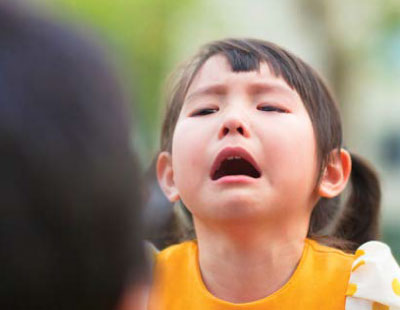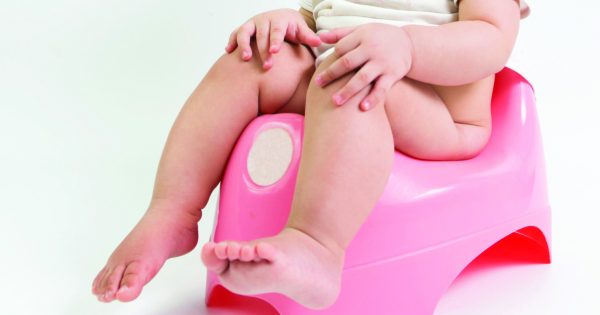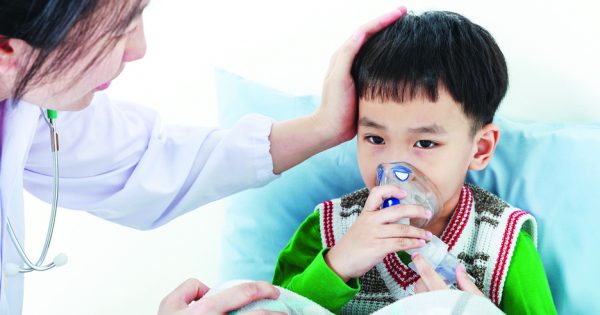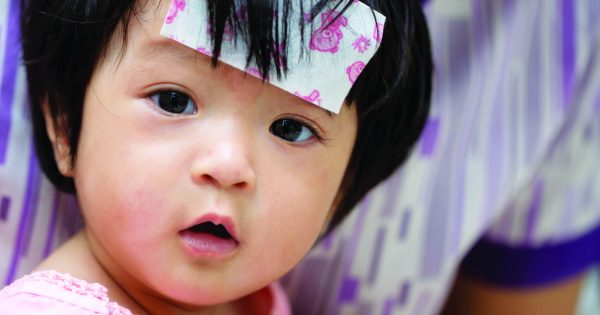Some amount of anxiety is normal and can even be motivating. It helps us stay alert, focused, and ready to do our best. But anxiety can become overwhelming and in severe cases, interfere with a child’s life (e.g. school performance and peer relationships). Left untreated or ignored, it can manifest to become anxiety disorders, the most common mental health disorders diagnosed in childhood and adolescence.
Scientists have yet to fully understand the cause of anxiety disorders. The development of childhood anxiety disorders is determined by a combination of different aspects such as neurobiological, environmental, social, and genetic factors.
It’s natural for unfamiliar or challenging situations to prompt feelings of anxiety or nervousness in people of all ages. Kids feel nervous too, especially when facing an important test or switching schools, for example.
There are many different types of anxiety disorders. These are some of the most common:
Generalized Anxiety Disorder (GAD)
Individuals with GAD have excessive, unrealistic fears about day-to-day activities (e.g. great fear of making mistakes, failing in examination, contracting disease, safety). They often have “what if” concerns that occupy their thoughts because they worry too much.
As a result, children with GAD take few risks; they are not keen to try new things and are quick to give up if they feel they are not good at something. Parents will need to constantly reassure them as they take small steps forward.
Panic Disorder / Attacks
Panic attacks are unpredictable and can cause feelings of impending death, heart attack-like symptoms, going crazy, losing control, and a disconnection from reality. Many kids with panic disorder avoid the locations of previous episodes and other places where help would not be available or escape would be difficult – i.e. enclosed or crowded places.
Separation Anxiety Disorder
Separation anxiety is when children fear being parted from their parents or guardians. It’s common and normal among babies and toddlers and typically goes away in early childhood. It becomes a problem when it’s excessive, inappropriate for the child’s developmental age and interferes with the child’s life, and subsequently the parents’ life.
Children with separation anxiety often find it unacceptable and fearful to sleep in foreign settings without your presence, and they complain of being sick when not with you.
Selective Mutism (SM)
In SM, parents often report that the child readily talks at home, and/or around select family or friends, but doesn’t speak in school or other social settings.
Children with SM may also be suffering from a combination of other anxiety disorders, e.g. social anxiety disorder.
Social Anxiety Disorder (SAD)
Children with SAD often describe a fear of saying or doing the wrong thing, being laughed at, or being embarrassed. This results in avoidance of social and performance situations. Their worries focus more on what others think of them, instead of their perceptions of their performance.
Obsessive-Compulsive Disorder (OCD)
Kids with OCD are preoccupied with whether something could be harmful, dangerous, wrong, or dirty – or with thoughts that bad stuff could happen. They have a strong urge to do certain things repeatedly in order to eliminate scary or dangerous thoughts.
Tips for handling a child with anxiety disorders:
- Pay attention to your child’s feelings and acknowledge it with kindness.
- Talk with your child about his/her worries and brainstorm ways to cope.
- Focus more on their strength rather than limitation.
- Get ready early to save some time and avoid frustration of being late.
- Teach them simple relaxation skills, e.g. slow deep breathing.
- Let them confront their fears with guidance. Start slowly and increase the level of confrontation. Avoiding it altogether just makes things worse.
- Don’t give up on helping your child get through their challenges.
- Praise and reward minor accomplishments in conquering fear.
- Find the patience to persevere by creating a family or friend support group.
- Do relaxing activities or exercises for self-care.
Each child may experience different anxiety symptoms and the severity of each symptom may vary. Medication is sometimes prescribed but more often, therapy and counselling is tailored to address specific symptoms and concerns.
A trained psychotherapist, psychiatrist or a clinical psychologist will be able to advise you with the best option to help your child’s condition. Therapy such as Cognitive Behavioural Therapy, helps to identify the origin of your child’s anxiety; teaches them how to relax; look at situations in a different angle; and helps them develop better coping and problem-solving skills.
An educational collaboration with Malaysian Psychiatric Association.








Comments